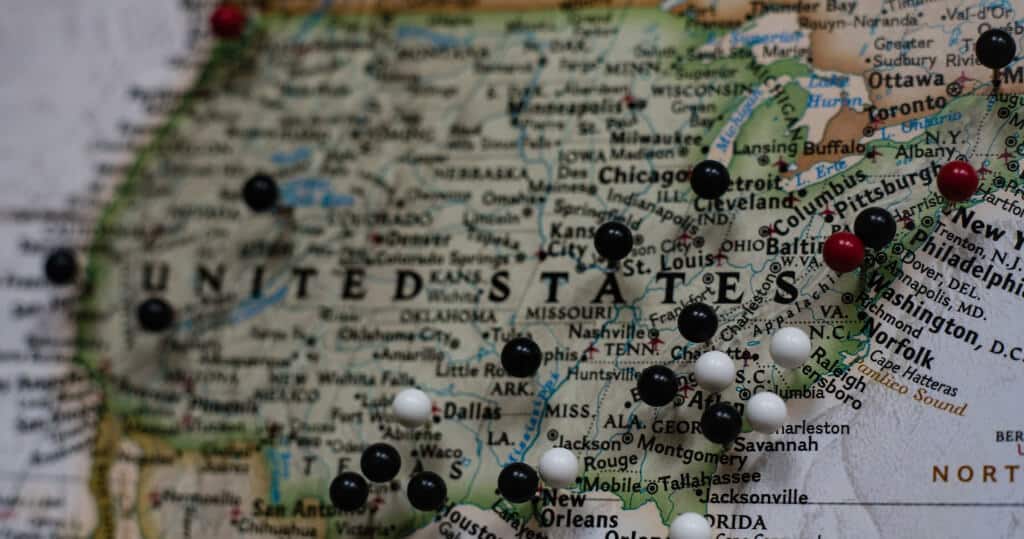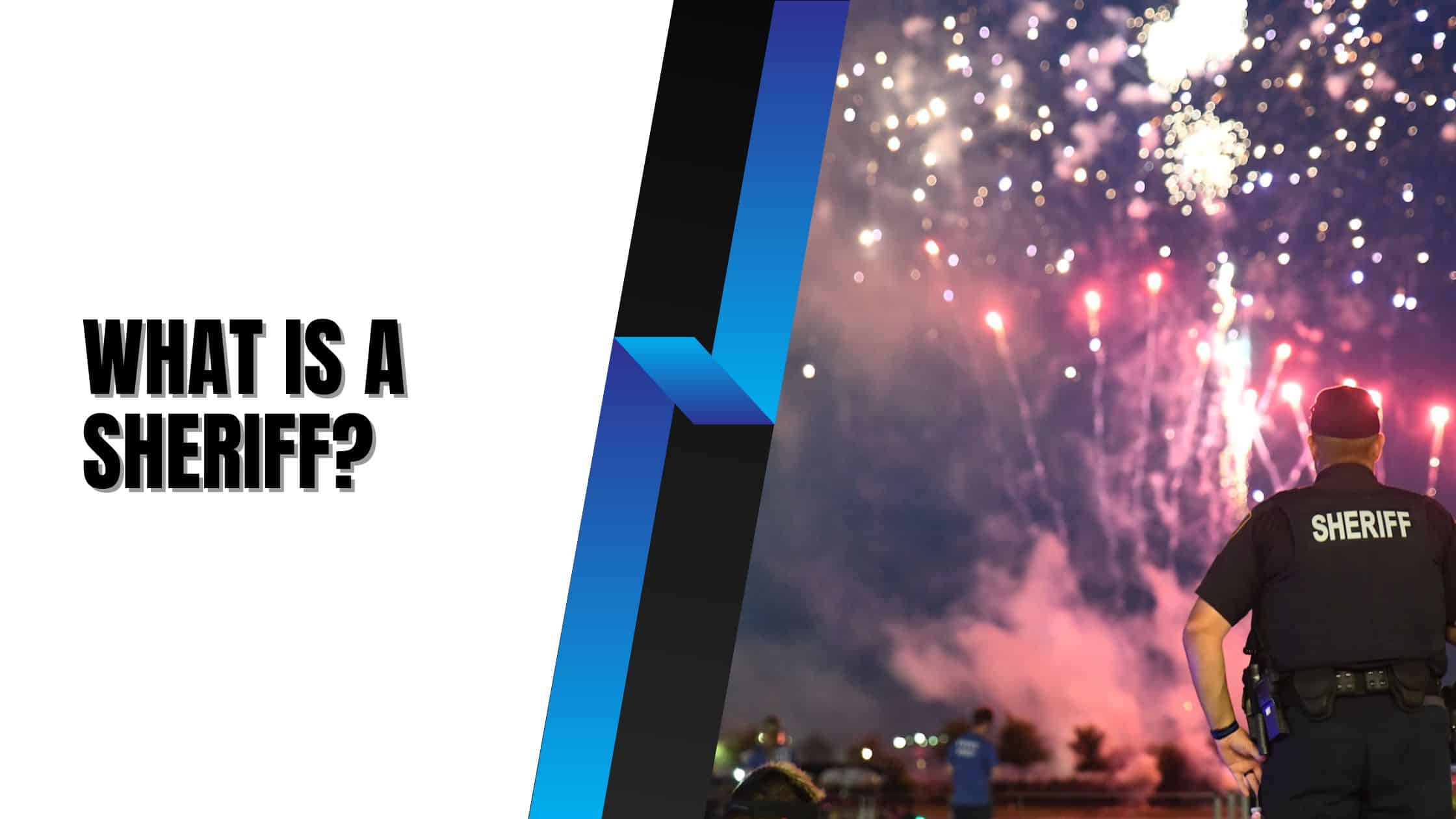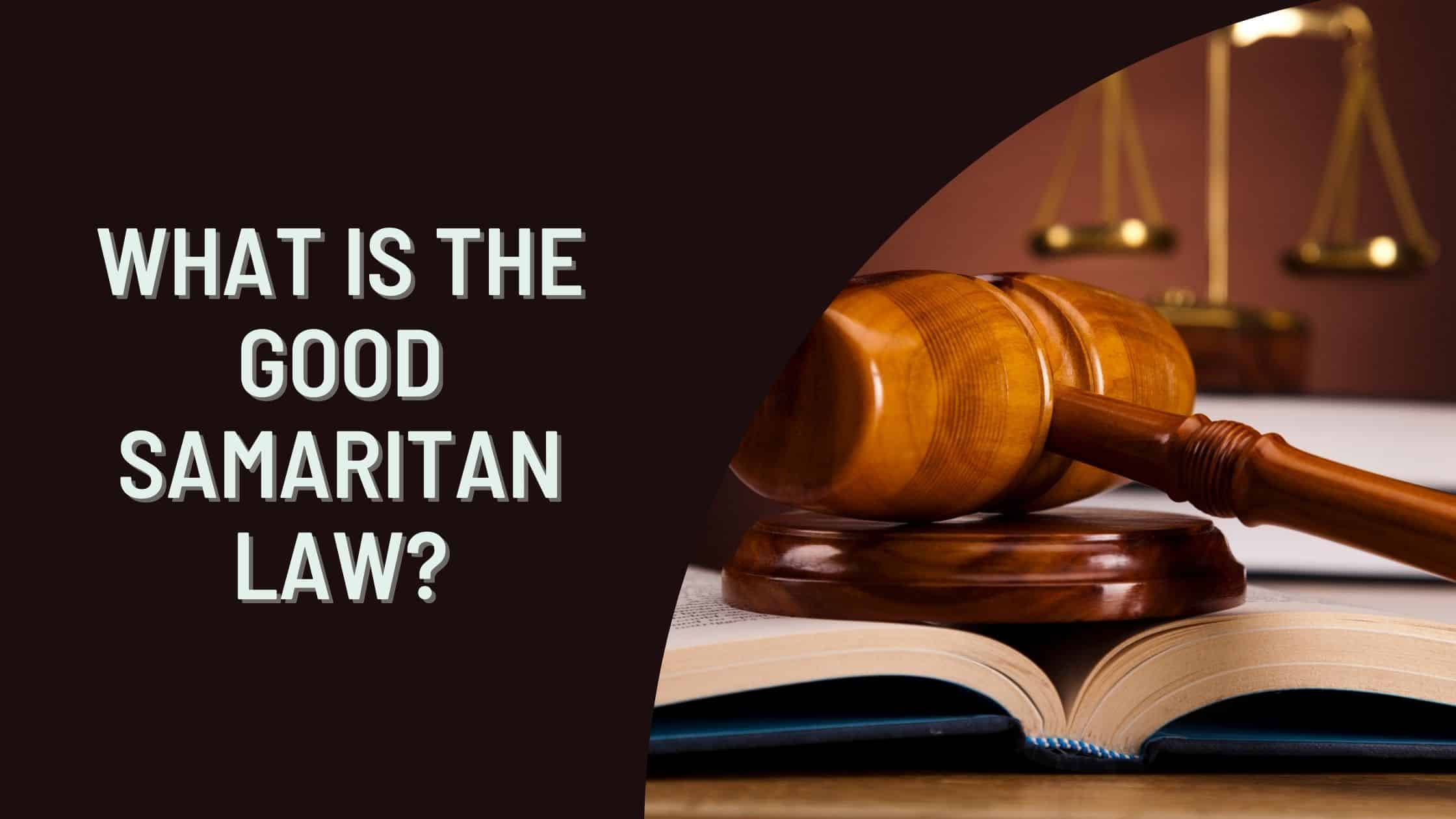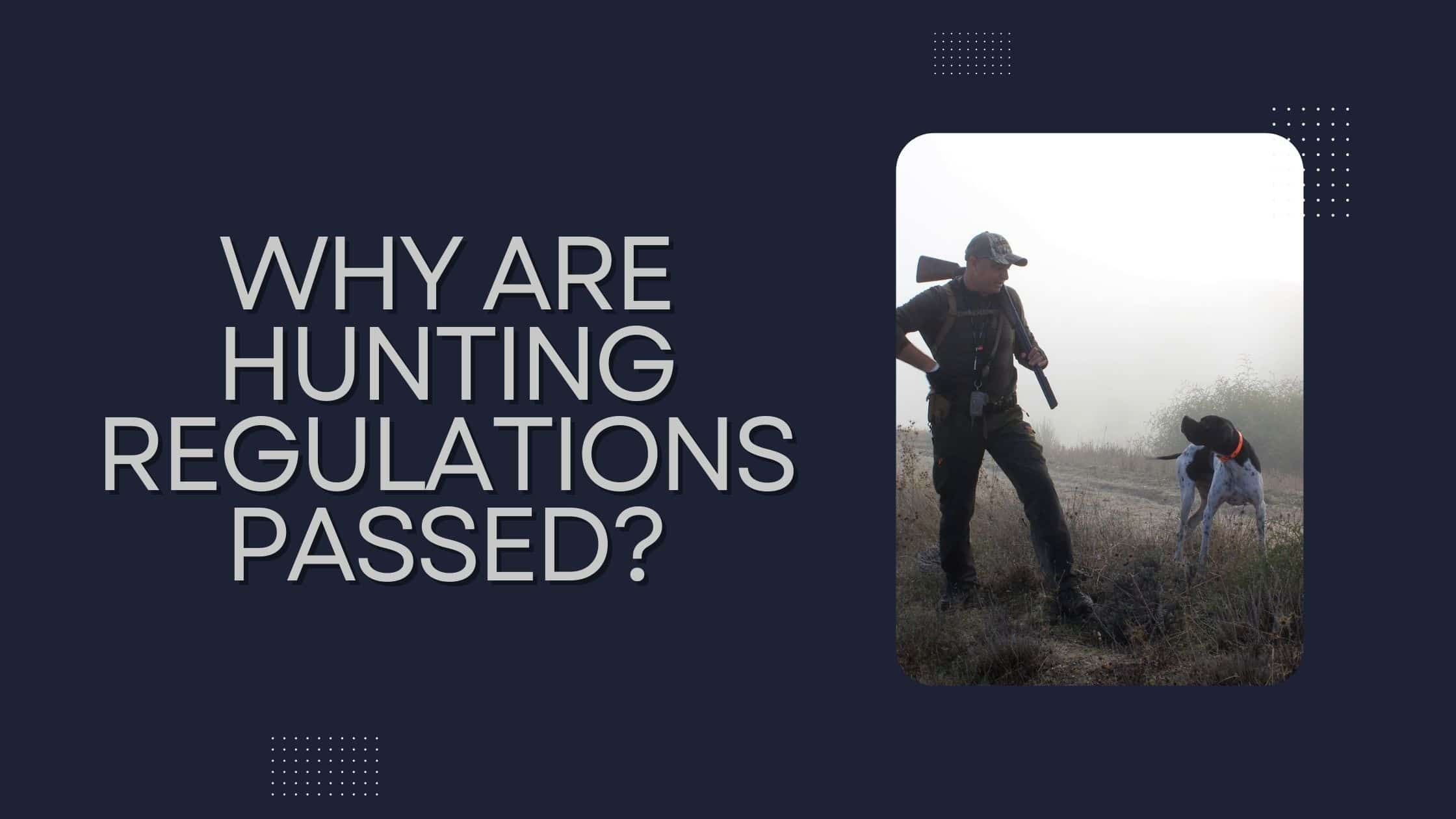Table of Contents
ToggleThe oft-portrayed movie sheriff has become an iconic figure in Hollywood due to their frequent portrayal in Western films.
Today sheriffs and their deputies are important peacekeepers in charge of law enforcement on a county level, working alongside their counterparts in city and state police.
Sheriffs are the equivalent of a chief of police in a municipal (city) police department who manage departments that protect people and property and maintain order in the county.
A Brief History
Early History
Sheriffs came into existence in early England during the 9th century, making the sheriff position the oldest, continuous, non-military law enforcement entity in the world.
The word sheriff derives from the period of English history in which a few powerful landed individuals ruled over geographic territories, known as shires. Within these areas was an individual known as a reeve which translated to a guardian.
Over time frequent usage of the words together led to them becoming conjoined as shire-reeve or guardian of the shire, and eventually, they morphed into the word sheriff as we know it today.
Later English History
The duties of a sheriff in medieval England grew to include keeping and maintaining the peace, collecting taxes, maintaining and overseeing jails, keeping and maintaining a list of wanted criminals, and serving writs and orders for the king’s court.

The sheriff’s responsibilities fluctuated considerably depending on the king in charge and his whims.
The Magna Carta, an enormously influential document drafted in 1215, included 63 clauses, 27 of which are related to both the restrictions of and the responsibilities of a sheriff. Over time, the English sheriff lost power and responsibility, and by the 1800s, it became a largely ceremonial position.
Sheriffs in Early America
The English exported the position of the sheriff to its overseas possessions, including India, Canada, Australia, and of course, the thirteen American colonies.
According to the National Sheriff’s Association, the early sheriff’s offices in America were much less social, with fewer judicial powers or influence, and more responsive to regular individuals than their early English counterparts. As the nation expanded westward, sheriffs increasingly became a part of the early American democratic fabric.
The Western Sheriff
Sheriffs during the United States’ westward expansion along the country’s frontier were important vanguards of security for those pioneering citizens. Those sheriffs were granted significant power.

Along the frontier, an elected sheriff was granted extensive powers to administer punishment not only in the traditional sense but in extraordinary methods, including – banishment from the communities, flogging, and the brutal execution by choking.

Get Smarter on US News, History, and the Constitution
Join the thousands of fellow patriots who rely on our 5-minute newsletter to stay informed on the key events and trends that shaped our nation's past and continue to shape its present.
Though the majority of sheriffs in the wild-west were honorable and served with distinction, some notable sheriffs were corrupt and indicted for abuse of power.
Modern Sheriffs
Requirements
Requirements for becoming a sheriff vary on a county-by-county and state-by-state basis. However, a few uniform requirements are necessary for would-be sheriffs – they must have a high school diploma, prior law enforcement experience, and have gone through and graduated from a police academy.

Most sheriffs have some form of degree, typically bachelor’s or master’s degrees in a related field of study like criminal justice, law enforcement, or public safety. Additionally, many sheriffs have long-tenured careers (20 plus years working within a police department) before being elected or appointed to the position of sheriff.
Electable Position
98% of the 3081 sheriffs in America are elected by the citizens of their counties( parishes in Louisiana). Elected sheriffs are directly accountable to the United States and their specific state’s constitution, the citizenry of their county whom sheriffs represent, and various statutes.

Sheriffs are unique as outside of a sparse amount of elected town marshals, sheriffs are the only law-enforcement heads directly accountable to the people of his or her county/jurisdiction.
Jurisdiction
A sheriff’s primary duty is to provide complete police protection to the unincorporated areas of the county in which they were elected. Nonetheless, they maintain full police jurisdiction in all municipalities and have full police authority when requested by the sheriff of another county.
The oversized nature of some counties in the United States can be as large as 20,000 SQ. As San Bernardino County in California, Miles makes the position of sheriff an important and extremely difficult one.
States Without Sheriffs
Three states do not have county sheriff offices. Alaska has no sheriffs as they do not have county offices. In Connecticut, sheriffs have been replaced by a state-wide marshal system. In Hawaii, there are no sheriffs, but there are deputy sheriffs who work in the sheriff’s division of the Hawaii Department of Public Safety.

Sheriffs Oversight
A sheriff is in charge of managing his or her deputies, both directing and monitoring their activities. Deputies tend to be uniformed officers who patrol, control, and maintain the peace in their assigned areas, attending to the day-to-day duties of policing.
Sheriffs are also tasked with clerical office duties, which can include- filling out warrant paperwork, filling out paperwork related to complaints, overseeing the hiring and training of deputies, managing the county jail, and distributing the sheriff’s office allocated budget.
Additional Responsibilities
Running the full spectrum of public safety and law enforcement, sheriffs are responsible at times for search and rescue operations, the service and protection of the legal processes of the courts, in addition to their more obvious tasks of criminal investigation and capture, running county jail operations, and providing regular police services 24 hours a day.

Sheriff’s offices also provide transportation of criminals to and from prisons and penal institutions, as well as handling mentally unwell patients who pose a threat to themselves or others within their jurisdiction.
As elected officials and ambassadors within their communities, sheriffs often participate in or run community outreach programs and publicly held forums on policing issues.
Law Enforcement Coordination
To build public trust and increase the criminal justice system’s effectiveness, law enforcement agencies, including sheriff departments, work with, cooperate with, and coordinate with other police agencies like State, Municipal, and Federal law enforcement groups.
Sheriffs and the heads of other police departments, like superintendents and chiefs, often coordinate on issues with overlapping jurisdictions or with problems that require a large amount of support and coordination.
Working in tandem, the different policing agencies provide each other with valuable information and resources and ensure greater public safety for the people they are obligated to protect.













One Response
In my personal experience it has occurrd to me that Sherrifs have more leeway to warn without a ticket or arrest of some infractions that might technically call for either but aren’t something a commoner might believe is warranted.
I have seen evidence destroyed in effect to avail the afore mentioned actions of the Deputy in an act of good faith by both parties.